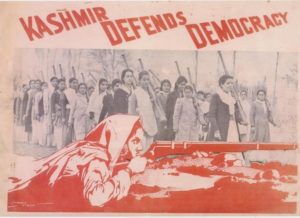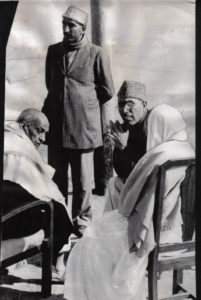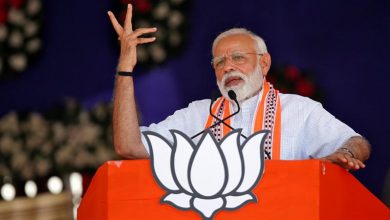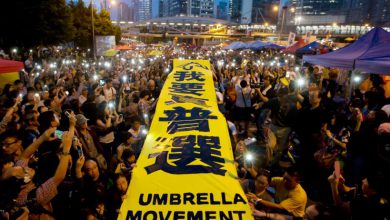Asia and OceaniaOngoing
The Kashmir Dispute: Part 1
The ongoing Kashmir conflict has cost the region hundreds of thousands of lives since its official inception in 1947. Why is it still ongoing?
1947 marked the year that the dispute over Kashmir began. In addition to territorial integrity, the Indian-Pakistani divide of the subcontinent held significant religious value. Here, Hindu was the primary religion of India, and Islam the major religion of Pakistan. Still, in 1947, there remained over 650 states, still under governmental control by princes, which existed within the borders of the two freshly-independent nations.

Theoretically, the remaining Kashmir states would have decided which of the countries to pledge their allegiance, or attempt to declare an independence of their own. All of the citizens had been fighting for freedom against the British colonial rule, and with the struggle seemingly coming to an end, the people did not want the pseudo-monarchies of the area to take advantage of the delicacy and potential prosperity without an official form of government.
Although the large majority of the ruling class aimed for independence (meaning classical monarchies and absolutely no potential for democratic rule), violent and deadly civil protests forced the princes to succumb to the will of the people.
As a consequence of its location, Kashmir had the option to choose to join Pakistan or India. The ruler at the time, Maharaja Hari Singh was Hindu himself, despite the majority of his population following a devout form of Islam. Not able to decide the fate of Kashmir, Hari Singh elected neither.
By October of 1947, neutrality was no longer an option for the province, as Pakistan sent Muslim representatives to attempt to influence the leader. Feeling threatened, Hari Singh appealed to the Indian government requesting military assistance, and subsequently fled to India himself. On October 26th, 1947, Hari Singh signed the Instrument of Accession, which officially ceded Kashmir to the Hindu state.
Kashmir At War
Consequently, India and Pakistan engaged in a war over the territory between the years of 1947 and 1948. India pleaded to the UN on January 1st 1948, wherein the UN formally requested that Pakistan remove their troops in August. India was then to remove the majority of its military forces. After the removal of troops, a “free and fair” election was to be held to allow the people of Kashmir to elect their ruling countries by autonomous democratic vote.

India, confident of the Kashmiri allegiance, expected to win the plebiscite. The most influential leader in the region at the time, Sheikh Abdullah, strongly sided with India and controlled much of the public opinion. By October of 1948, an emergency government was established, with their appointed Prime Minister as Sheikh Abdullah himself.
Ignoring the UN mandate, Pakistan continued violent skirmishes in the region in order to hold portions of the territory under their control. By January of 1949, all sides agreed to a ceasefire, at 65% of the territory under Indian control, and the remaining 35% under Pakistan’s. Although the ceasefire was originally intended to be a temporary solution, the Line of Control remains as the defacto border between the two neighbors.
Graphics courtesy of Google Images




